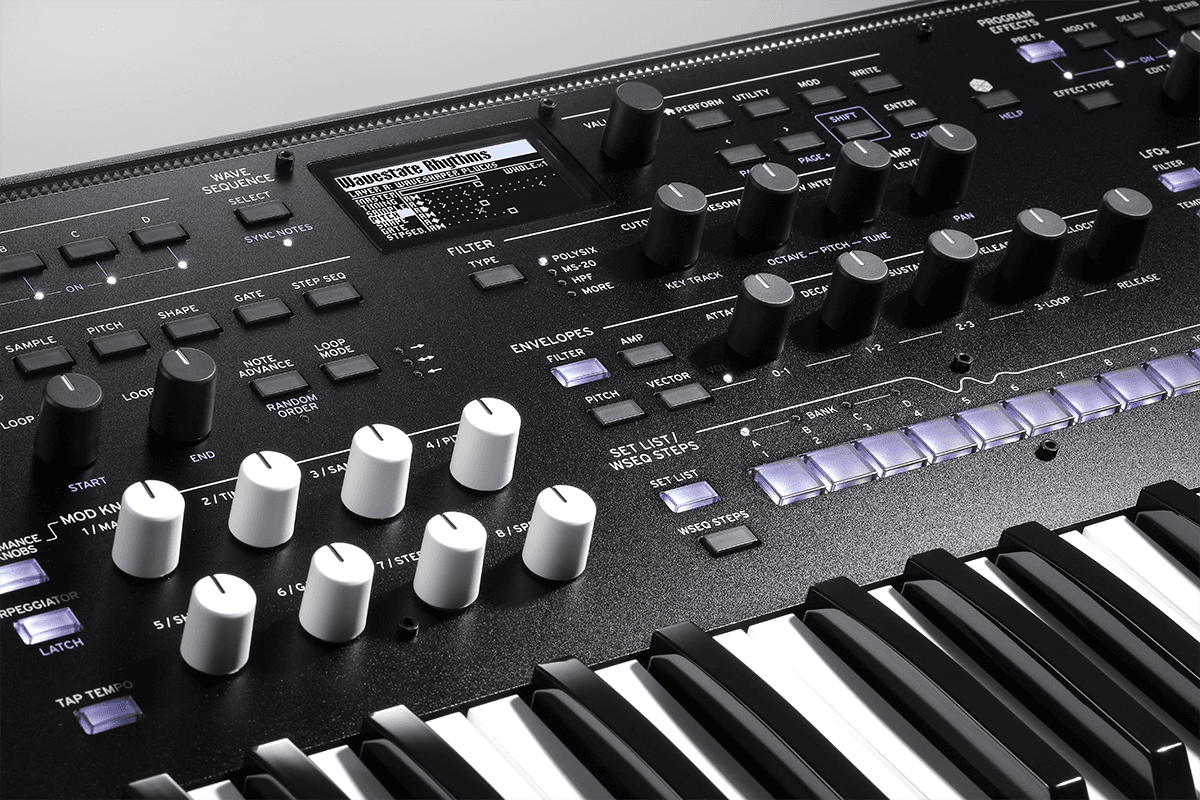
Each note in a chord can be playing something different! Lanes can also randomize the step order every time they play, with realtime control over the range of included steps. You can modulate each Lane’s start, end, and loop points separately for every note, using velocity, LFOs, envelopes, Mod Knobs, or other controllers. For instance, a sample may be matched with a different duration, pitch, shape, gate length, and step sequence value every time that it plays. Every time the sequence moves forward, the individual Lanes are combined to create the output. Each of these is a “Lane,” and each Lane can have a different number of steps and its own start, end, and loop points. Also added are new characteristics including shapes, gate times, and step sequencer values. What if they could evolve in organic, unexpected ways, instead of just repeating? Wave Sequencing 2.0 splits apart the timing, the sequence of samples, and the melody, so that each can be manipulated independently. This created ear-catching patterns–but the patterns repeated the same way, over and over. With the Wavestation, each step of a Wave Sequence had a duration, a sample, and a pitch.

Keys Review takes a look at both the Korg Wavestate Sequencing Synthesiser and the Altered Opsix FM Synthesizer in this review doubleheader.


 0 kommentar(er)
0 kommentar(er)
